Ceibo: [Cultivation, Irrigation, Care, Pests and Diseases]

 The Erythrina crista-galli is a small tree native to South America, the countries of Uruguay, Brazil, Paraguay and Argentina.
The Erythrina crista-galli is a small tree native to South America, the countries of Uruguay, Brazil, Paraguay and Argentina.
It is known for the beauty of its red flowers , which were chosen as the national flower of Argentina and Uruguay.
It is mainly used as an ornamental species in parks and gardens. Likewise, it is recognized for the medicinal properties of its bark.
However, use with caution is recommended due to alkaloids, which can pose a health risk. The ceibo is established near bodies of water, either on the edges of rivers, streams, lagoons, swamps or wetlands.
Under these conditions it reaches a height of 2.5 meters in just 2 years. The epithet crista-galli with which this tree has been named means “ cockscomb ”, a meaning that refers to the largest petal of the flowers known as the standard.
- Scientific name: Erythrina crista-galli.
- Common name: Ceibo, cockscomb, erythrine, coral tree, coral flower, cockscomb.
- Height: 5 to 10 meters.
- Light requirement: direct light and semi-shade.
- Temperature: Temperate, hot and humid climates (7ºC to 24ºC).
- Irrigation: Medium.
- Fertilizer : Organic fertilizer.
What are the characteristics of the ceibo?
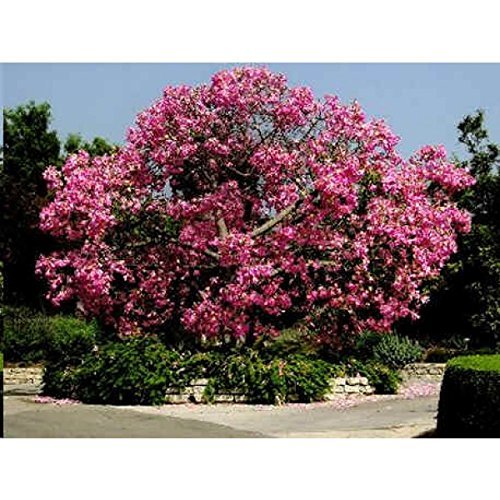
Both these, as the petioles, are lightly covered with recurve stingers or spines. In the case of the leaves, they are born from petioles and are formed by three leaflets with an oval or oval shape. Ceibo flowers are formed by a calyx and a corolla of petals called the keel or standard.
They are crimson in color, measure 5 centimeters in length and are grouped in clusters of 20 to 40 flowers. They bloom during the months of May to August. The fruits are large and elongated pods which can measure 15 to 20 centimeters in length.
They are initially green in color, but as they mature they change to a dark brown or blackish hue. In the case of seeds, these measure between 10 and 15 millimeters in length. They are kidney-shaped and dark brown or blackish in color.
When to plant a ceibo?
Where to plant a ceibo?
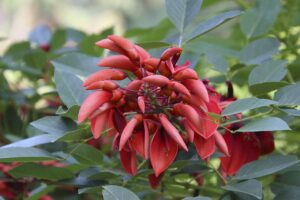 The so-called erythrin is cultivated in areas with tropical , subtropical and mild and protected temperate environments.
The so-called erythrin is cultivated in areas with tropical , subtropical and mild and protected temperate environments.
It prefers sunny places located in spacious areas, away from buildings as its roots extend widely through the ground and could affect built spaces.
This tree is sensitive to cold and low temperatures. It does not tolerate frost, especially during its first years of development, with a limit of 4ºC. However, it does quite well at temperatures between 7ºC and 24ºC.
How to prepare the land?
The ceibo should be planted in fertile soils, well drained, with a neutral pH and slightly humid or even flooded. Before planting the ceibo, the land should be worked until the soil loosens.

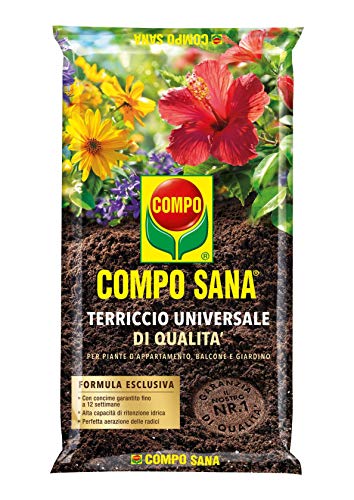
In the case of growing in pots, any sterile universal substrate can be used . In both circumstances, the soil must be moistened completely, without becoming saturated. Although not totally necessary, the soil can be enriched by applying organic fertilizer , either compost or organic matter such as dried manure . It is recommended to apply mycorrhizal fungus inoculant in potassium- deficient soils when planting.
How do we water a ceibo?
The kapok tree grows well in wet areas, although it tolerates drought. However, it is recommended to apply regular watering, but not excessive, always trying to conserve a little humidity, especially during spring and summer .
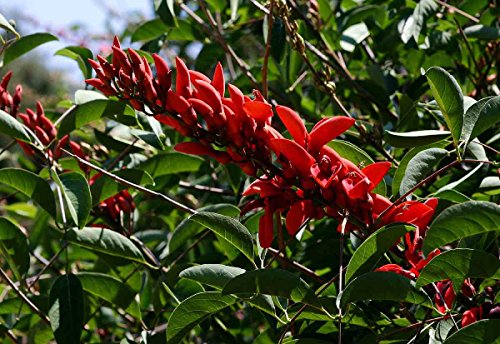
How often do we water the ceibo?
How to plant a ceibo step by step?
The kapok tree can be grown from seed and semi – ligneous cuttings. The steps to grow using these two methods are shared below.
By seeds
- Choose ripe seeds and soak them for 12 hours in warm water.
- Place the seed on a universal and humid substrate in a container placed in the shade.
- Cover with a thin layer of substrate and moisten.
- Wait for 5 to 10 days for the seeds to germinate.
- As soon as a couple of true leaves have sprouted, the seedlings can be placed in pots or in their final place, after the last frost.
By cutting
- Cut a branch 30 centimeters long and 60 centimeters in diameter at least from a ceibo tree . The taller and thicker the better.
- Place the cutting vertically in a cool, shady place for 24 hours or more, within 2 weeks.
- Mark the bark in the base cut to promote rooting.
- Dig a small hole and apply some inoculant to accelerate root growth. The site must be protected from full sun.
- Insert the cutting with the marked base down, to a depth equivalent to 20% of its length and press lightly into the soil. If a small cutting is used, it should be buried at least 6 centimeters deep.
- Water the cutting to keep the substrate moist. The roots should appear a month after sowing it.
What care does the ceibo need?
The ceibo does not need special care. It will only be necessary to prune the dry branches as soon as they dry out, or if you want to give the trunk structure.
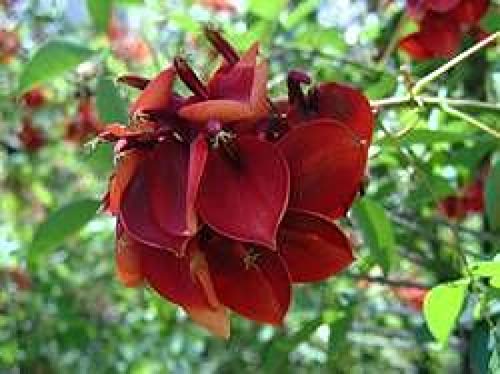
It is important to keep the ceibo tree away from small children or pets, as it contains some toxic substances that can be harmful to health.
What pests and diseases affect the ceibo?
The ceibo tree is not susceptible to pests or diseases, but it can be the target of mites, nematodes, thrips and mealybugs , which can be easily eliminated.
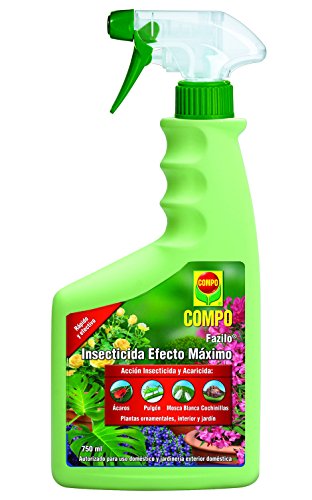




![Photo of Boron in Plants: [Use, Advantages and Application]](https://www.complete-gardening.com/wp-content/uploads/2022/08/boron-in-plants-use-advantages-and-application-390x220.png)